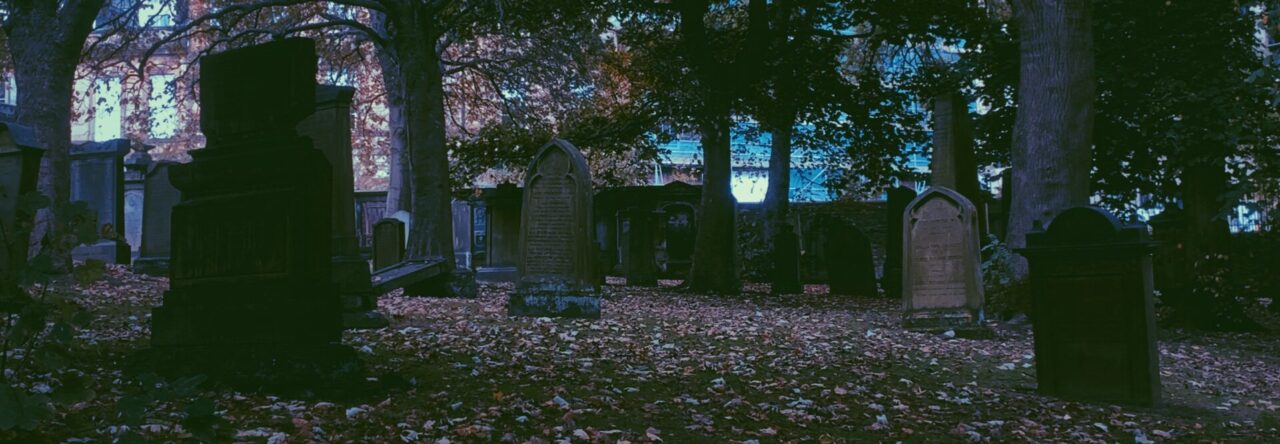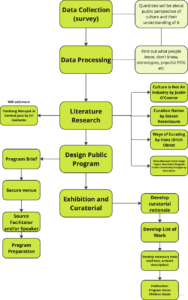Before writing this blog, I attended one of the KIPP Lectures. Today’s topic is on Ethics, despite having a sleep deprivation for the last 3 months due to uncomfortable student accommodation I decided to attend the class in hope to gather insight for this very blog post.
Throughout the lecture I have to say that my mind is wandering somewhere else, while the ethics on research is explained in the lecture, I can’t help to think that this idea on ethics that must be followed by students to conduct research has any other impact? As an individual with the need of graduating, everyone will go through the process of submitting the ethical form whether they like it or not, the question begins after. Loosely quoting the lecture, “ethics must be present throughout the research process and afterwards”. While I’d like to believe that people with education is an ethical person (which I was proven wrong throughout my lifetime on earth, humans are just fundamentally evil) that is not the thing I have in mind. I’m interested in the idea of how many of these ethical approaches will remain or still considered ethical in years to come and what implication it might have in the future ?
A conversation with a friend yesterday reminded me about a case where numerous local belief system is categorized as animism and dynamism because a foreign anthropologist at that time with his former knowledge and cultural background decided to generalize it that way. For over a hundred years, it is taught in schools until it is discovered that an ancient version of monotheism which is still practiced nowadays by a number of people exist before the introduction of abrahamic religion’s monotheism.
Something that is ok back then, is not ok today. Ethics is something that is constantly evolving throughout millennia, it is a fluid concept, that is used to prevent us from committing horrendous acts and protecting ourselves from negative emotions individually and communally. Furthermore, I also wonder, how people hundreds of years in the future will think of our work? Given they have access to it.
Additionally, the lecture also covers the topic on how to work with vulnerable groups and while I agree that we have to approach vulnerable groups in caution, I am also interested with a hypothetical case of being overly cautious when interacting with these groups which results in said group to feel bad about themselves, an ethical conundrum which often happen when working with vulnerable groups and communities.
To me Ethics begins after establishing Equality, as long as we don’t see others as our equal, ethics cannot be practiced. Just like Dike, who is considered the Goddess of Ethics is the daughter of Themis, the Goddess associated with Equality.

